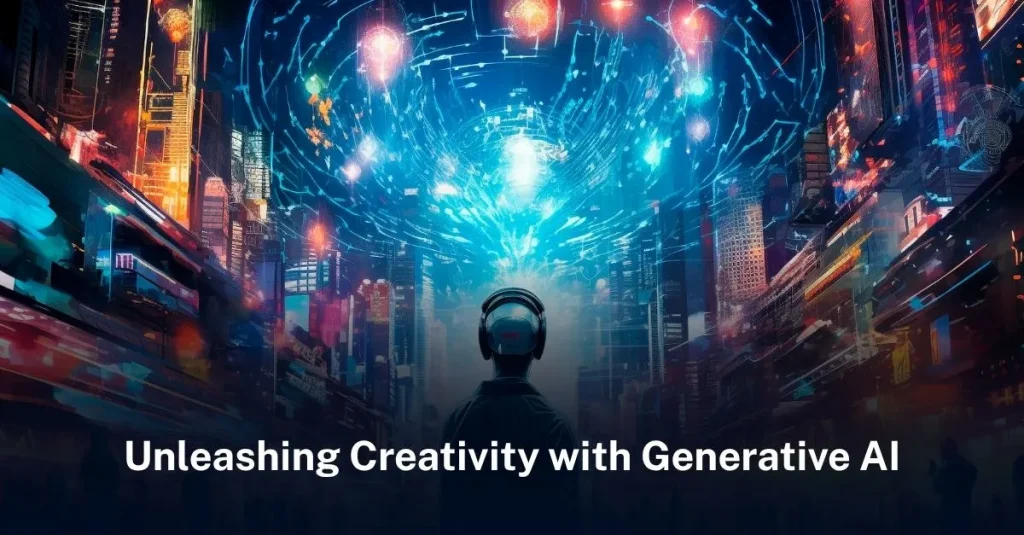What is NLP
Natural Language Processing (NLP) is a branch of Artificial Intelligence (AI) that focuses on enabling machines to understand, interpret, and respond to human language in a way that is both meaningful and useful. Essentially, it bridges the gap between human communication (language) and computers.
What Does NLP Do?
NLP involves teaching computers to:
- Understand language: Like figuring out the meaning of sentences, phrases, or even slang.
- Generate responses: For example, writing a reply to a message.
- Analyze language: Breaking down text to extract useful insights, such as emotions or key topics.
Everyday Examples of NLP
You interact with NLP almost every day without realizing it! Here are some examples:
Virtual Assistants:
- Siri, Alexa, and Google Assistant use NLP to understand spoken commands and provide answers.
- Example: “What’s the weather like today?”
Search Engines:
- Google uses NLP to interpret your queries and deliver the most relevant results, even if your question is vague.
Chatbots:
- Customer service chatbots use NLP to answer your questions or resolve issues in real-time.
Email Filters:
- NLP powers spam detection, ensuring unwanted emails don’t clutter your inbox.
Translation Tools:
- Tools like Google Translate use NLP to translate text between languages while maintaining context.
Content Recommendations:
- Platforms like Netflix or Spotify analyze user reviews or song lyrics using NLP to make better suggestions.
How NLP Works
NLP involves several key tasks:
Tokenization: Breaking down text into smaller parts like words or phrases.
- Example: “I love pizza!” becomes [“I”, “love”, “pizza”].
Sentiment Analysis: Determining if a piece of text is positive, negative, or neutral.
- Example: A review saying, “The movie was amazing!” is positive.
Named Entity Recognition (NER): Identifying specific entities like names, dates, or locations in text.
- Example: “Apple released the iPhone 15 in 2023” identifies Apple, iPhone 15, and 2023.
Speech Recognition: Converting spoken language into text.
- Example: Dictating a message to Siri.
Machine Translation: Translating text from one language to another.
- Example: Translating “Bonjour” to “Hello.”
Why is NLP Important?
NLP is crucial because it makes human-computer interaction natural and efficient. Instead of humans learning how to communicate with machines (e.g., through code), machines adapt to human language, breaking down barriers and enabling new ways to interact with technology.
NLP is a game-changer in making technology smarter and more human-like. Whether it’s helping you find answers via Google or having a chatbot handle your queries, NLP is at the heart of modern AI-driven solutions. As it continues to improve, we can expect even more intuitive interactions between humans and machines.










Leave a Reply